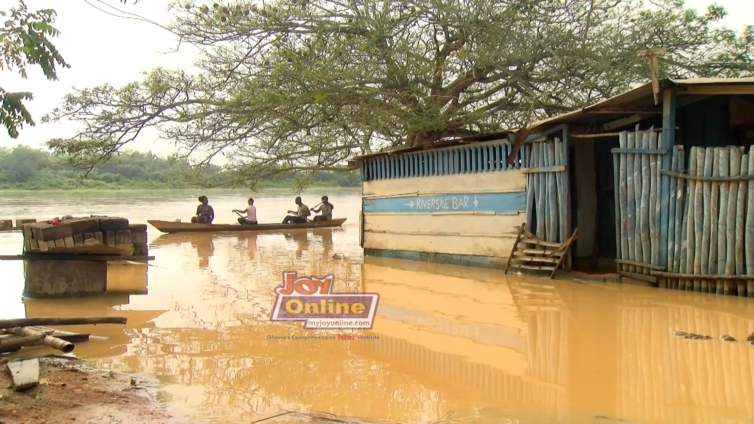The European Union has released €80,000 in humanitarian funds for flood preparedness in the northern regions of Ghana.
This follows warnings from the National Disaster Management Organization (NADMO) and the Meteorological Agency of heavy rainfall and flooding in Ghana's northern regions.
The funding will be used to support the identification of early warning methods, the updating of risk assessments and monitoring mechanisms, the activation of anticipatory procedures to limit and prevent flood impacts, and the determination of priority actions and response readiness.
This was contained in a statement issued by the European Union in Ghana and copied to the Ghana News Agency.
According to the statement, the EU funding was aimed at mitigating the impact of floods for potentially 50,000 people in Northern Ghana during the peak of the rainy season.
“It will enable the Ghanaian Red Cross Society to implement both anticipatory and early actions and will prop up preparedness actions."
“Preparedness actions such as training of volunteers, prepositioning of response stocks that should enable quicker deployment of a response, early evacuation of people in identified sites, simulation exercises, awareness sessions for water-related diseases prior the floods season,” the statement added.
The statement noted that the targeted areas were the Northern, Upper East, and Upper West, where around 2,144,677 people are at risk.
It added that the assistance was targeted at vulnerable areas where floods will significantly impact agriculture and economic resilience.
According to the statement, the financing was part of the EU's overall support of the International Federation of Red Cross and Red Crescent Societies (IFRC) and the Disaster Relief Emergency Fund (DREF).
Floods caused by heavy rainfall and the Bagre dam spillage in Burkina Faso occur on a regular basis in Ghana.
The annual spilling of water from Burkina Faso's Bagre Dam causes an overflow of Ghana's river system, affecting areas near rivers, beaches, and dams in the Northern, Upper East, Savannah, Northeast, and Upper West regions.
Bagre Dam is spilt annually when it reaches its maximum operating level of 235 metres.
Flooding has already occurred in four of the seven high-risk regions, leading to the loss of lives, property, and livelihoods.
Latest Stories
-
TotalEnergies CEO defends company against East Africa abuse allegations
2 hours -
Niger plans to cut number of Chinese oil workers, documents show
2 hours -
Zelensky says ‘US silence’ over Russian attacks encourages Putin
2 hours -
South Africa town leader ‘sad’ about Trump’s misuse of white crosses video
2 hours -
King’s invitation to Canada sends a message to Trump – and the world
3 hours -
EU needs until 9 July for US trade talks, chief says
3 hours -
Americans remember George Floyd on fifth anniversary of death
3 hours -
Lewandowski double seals Barca final day win at Athletic Club
3 hours -
First Lady launches GHANASCO’s 65th anniversary, praises school’s legacy
3 hours -
‘Big Four’ reunite at Nadal’s French Open farewell
4 hours -
Villa issue complaint after refereeing ‘big mistake’
4 hours -
Administrative fees at ports shouldn’t be priced in dollars – Institute of Freight Forwarders
4 hours -
Baba Rahman spotted in Black Stars camp ahead of Unity Cup
4 hours -
Omar Sterling is my all-time favourite Ghanaian rapper – Gyakie
4 hours -
Mohammed Kudus scores to seal 3-1 win for West Ham against Ipswich Town
5 hours

